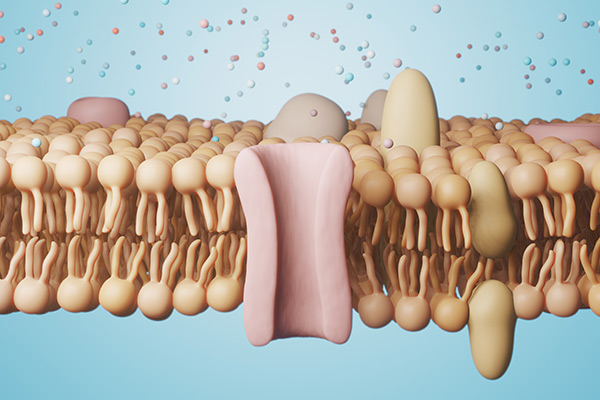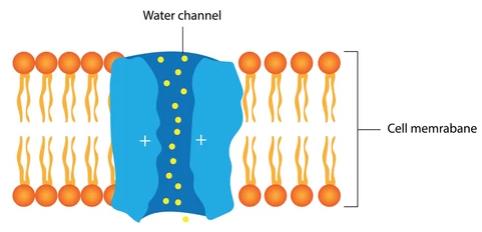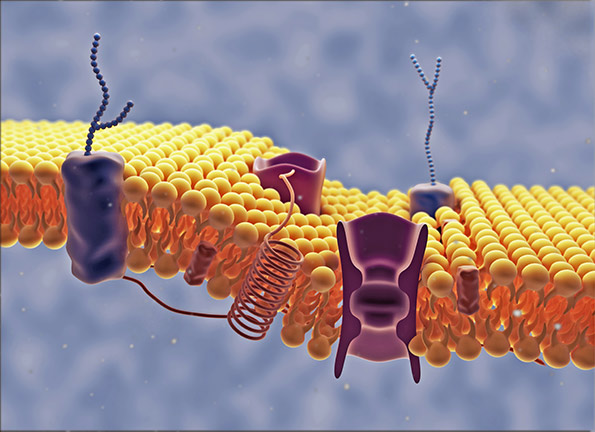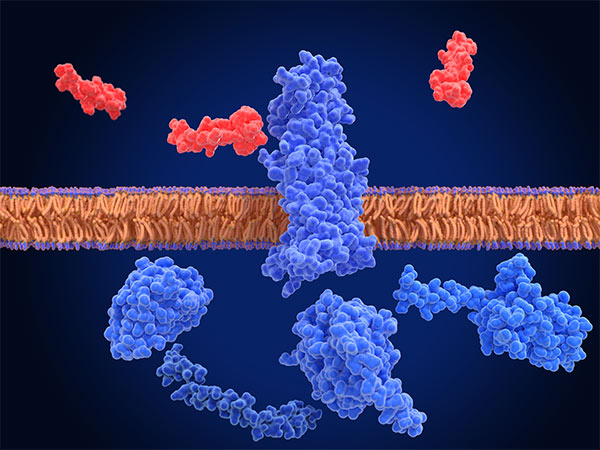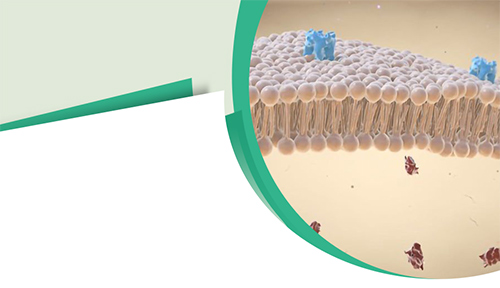Membrane Proteins Expression and Purification
Membrane proteins are crucial in biological processes and are key in drug research and structural studies. However, their complexity and instability make expression and purification tough. Creative BioMart offers a unique platform that tackles these challenges, providing custom solutions for producing high-quality membrane proteins.
Our platform utilizes various expression systems such as CHO and insect cells, alongside cutting-edge methods like in vitro expression, viral-like particles (VLPs), nanodiscs, and liposomes. These innovations boost protein stability and function, offering smooth services from expression to purification and characterization, tailored to your research and industry needs.
Online Inquiry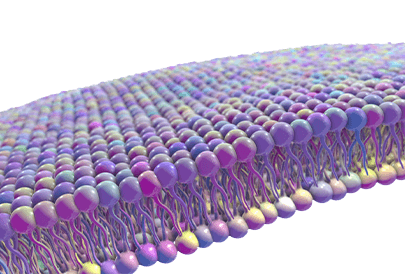
What is Membrane Proteins Expression and Purification?
Membrane proteins play a key role in cellular life as they are found in or associated with biological membranes. They handle essential tasks like signal transduction , ion transport , and molecular recognition . These roles are crucial in various processes such as how cells communicate, metabolism works, and the immune response. But their importance doesn’t stop in biology—they are at the forefront of biomedical research too. In fact, over half of modern drugs target these proteins. Their connection to diseases like cancer and neurodegenerative disorders showcases their value not just as markers for diagnosis but also as targets for therapeutic treatments.
However, despite their significance, dealing with membrane proteins is quite tricky. This difficulty arises from their unique biochemical makeup. For starters, they are often hydrophobic, which means they tend to repel water, making their extraction and purification challenging. Plus, their stability and proper function largely depend on being in a lipid bilayer environment, which complicates things further. So, while they hold incredible potential, successfully expressing and purifying these proteins remains a complex task in scientific research. The challenges associated with membrane proteins include:
- Low expression levels : Membrane proteins are often expressed in minimal quantities in their native organisms, making large-scale production difficult.
- Poor solubility : Their hydrophobic transmembrane regions tend to aggregate in aqueous environments, requiring specialized detergents or lipid mimetics.
- Structural complexity : Many membrane proteins require post-translational modifications, specific folding patterns, and lipid interactions to retain biological activity.
- Function preservation : Purifying membrane proteins without disrupting their functionality is a delicate and highly technical process.
What We Offer?
Creative BioMart’s approach is end-to-end, encompassing every step of the process:
- Customizable Expression Systems : Choose from CHO, insect cells, in vitro systems, liposomes, or VLPs based on your target protein's characteristics.
- Optimized Purification Strategies : Using innovative methods such as affinity chromatography, detergent screening, and reconstitution into functional lipid environments.
- Advanced Characterization : Ensuring the protein's activity and structural fidelity using techniques like functional assays, mass spectrometry, and structural analysis.
|
Expression Platforms |
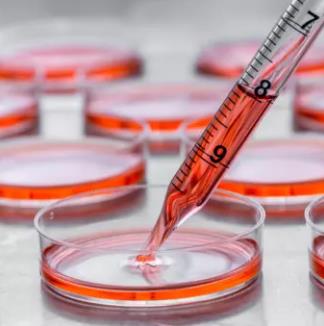 |
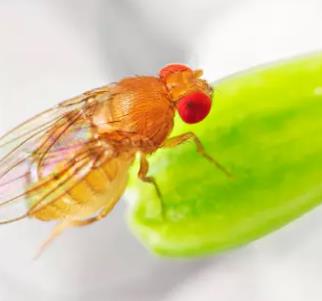 |
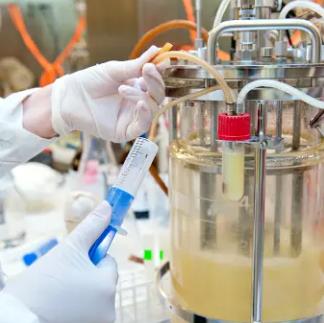 |
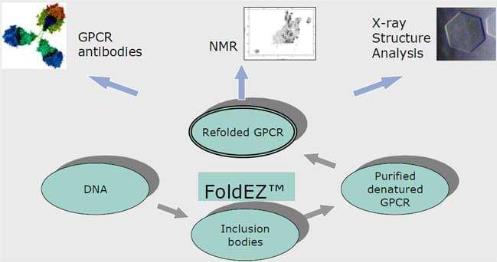 |
|
Features |
|
|
|
|
|
Applications |
|
|
|
|
|
Core Technologies |
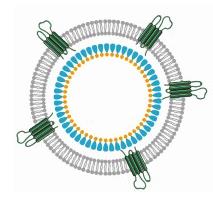 |
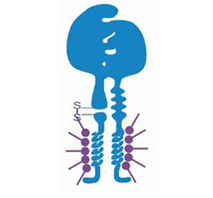 |
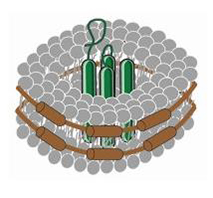 |
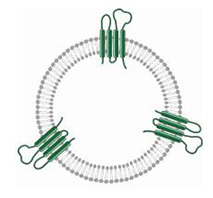 |
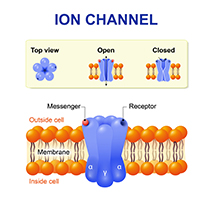 |
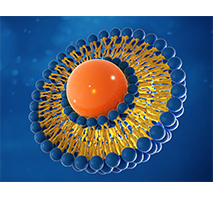 |
|
Features |
|
|
|
|
|
|
|
Applications |
|
|
|
|
|
|

Additional Services (optional)
In addition to our cutting-edge membrane protein expression platform, we also offer a variety of value-added services to support your research and development efforts. Also you can learn more from Protein Expression and Purification Services .
- Other Popular Protein Expression Services: Yeast expression Systems ( P pastoris / S cerevisiae ) , Serum-Free expression System , Large-Scale Protein Production Service , Human Synthetic Proteins Produced in Mammalian Cell Lines , Fucose-Free Protein expression System
- Protein Extraction Services : Organelle protein extraction , Nuclear protein extraction , Membrane protein extraction , Cytoplasmic protein extraction .
- Protein Modification Services: Glycosylation , phosphorylation, methylation, ubiquitinylation and acetylation. Redox modification of proteins, protein engineering and protein labeling .
- Protein Analytical Services: Protein Characterization , Protein Interaction , Modification Assay ( Protein Methylation , Protein Acetylation , Protein SUMOylation , Protein Deubiquitination and Protein Phosphorylation) and Protein Activity ( Protein Kinase , ATPase/GTPase , cAMP Accumulation ).
Why Choose Us?
- Comprehensive Services : One-stop solutions covering everything from expression system selection to purification process optimization.
- Customized Solutions : Tailored expression and purification strategies based on the specific characteristics of diverse membrane proteins.
- Technical Expertise : A professional team with extensive project experience ensures efficient and dependable service.
- Globally Recognized Quality : Meets international standards, supporting research in structural biology and functional studies.

Case Study
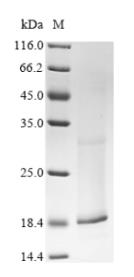
SDS-PAGE Analysis of Target Protein
Case 1: Recombinant Human KCNE2 protein fused to His-tag was expressed in E.coli and purified by Ni-sepharose
Project: Full length protein with His tag
Requirements: Greater than 90% as determined by SDS-PAGE
Service: In Vitro Expression Full-length Protein Production Platform

SDS-PAGE Analysis of Target Protein
Case 2: MPP2 MS Standard C13 and N15-labeled recombinant protein with a C-terminal MYC/DDK tag was expressed in HEK293 cells
Project: Recombinant palmitoylated membrane protein
Requirements: > 80% as determined by SDS-PAGE and Coomassie blue staining, 50 μg/mL as determined by BCA
Service: CHO Full-length Protein Production Platform
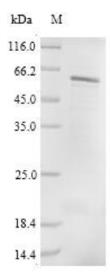
SDS-PAGE Analysis of Target Protein
Case 3: Recombinant Human CRBN Full Length Transmembrane protein fused with C-terminal 9xHis tag was expressed in Insect cells
Project: Full length protein with His tag
Requirements: Greater than 85% as determined by SDS-PAGE
Service: Insect Full-length Protein Production Platform
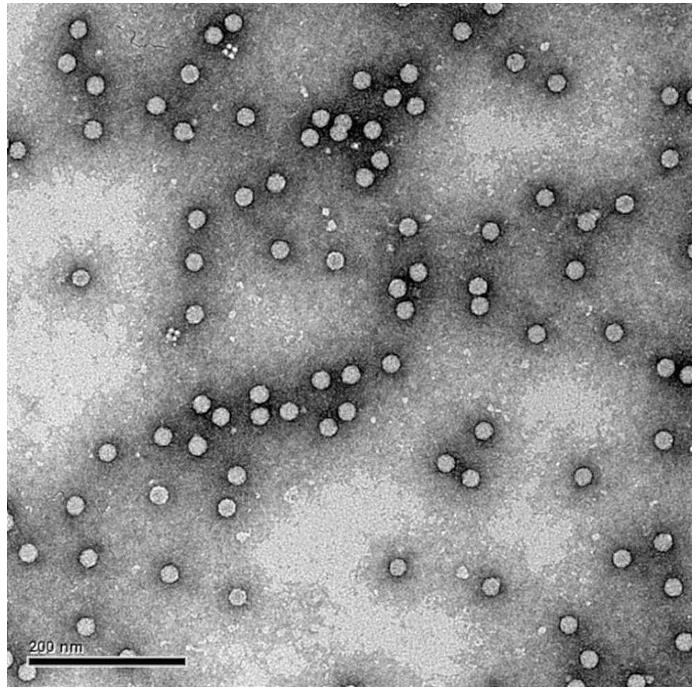
Negatively stained electron micrographs of the capsid particle of CanineCV expressed in this study. (Neef A, et al. Cell Chem Biol. 2018)
Case 4: Unraveling canine circovirus with advanced VLPs
Canine circovirus (CanineCV) is a new threat to dogs, causing issues like diarrhea and respiratory problems, but also sometimes found in healthy dogs. In this study, scientists expressed the full-length CanineCV capsid gene in E. coli , leading to the production of virus-like particles (VLPs) which mimic the virus’s outer layer. These VLPs were used to develop an indirect enzyme-linked immunosorbent assay (iELISA) that showed high sensitivity and specificity compared to a Western blot, indicating reliable detection for CanineCV. This advancement offers promising applications in vaccine development and diagnostics.
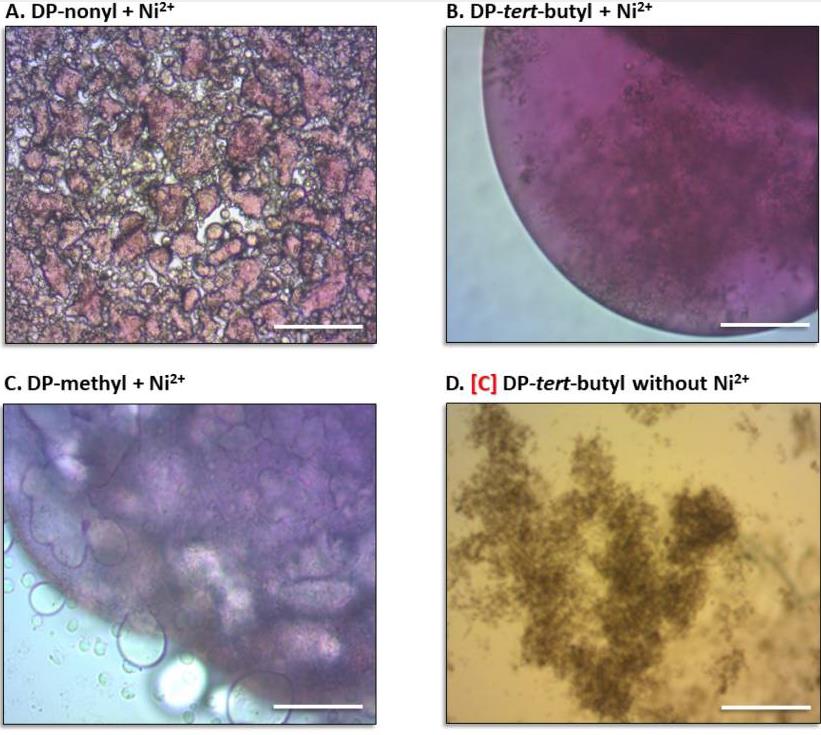
Negatively stained electron micrographs of the capsid particle of CanineCV expressed in this study. (Neef A, et al. Cell Chem Biol. 2018)
Case 5: Controlled assembly for better membrane protein crystals
For years, non-ionic detergent micelles have passively helped prevent membrane proteins from clumping in water. We’ve applied the chemistry of these micelles to actively guide the assembly of protein-detergent complexes using ambient conditions. Three amphiphilic bipyridine chelators, combined with Fe 2+ or Ni 2+ , were tested for joining micelles, even when bacteriorhodopsin was present. Observations were made using light microscopy and dynamic light scattering (DLS). These metal-chelator combos formed conjugated micelles, creating oil-like globules visible under the microscope. DLS showed that this joining happens within 20 minutes and can be reversed with water-soluble chelators, allowing more flexibility in selecting detergents for purifying and crystallizing membrane proteins.
Service Procedure

FAQs
-
Q: What’s the Difference Between Membrane Protein Expression and Regular Protein Expression?
A: Expressing membrane proteins is trickier mainly because:- They have to fold correctly within the cell membrane.
- They’re sensitive to surroundings like the lipid layer, making them prone to losing function.
- Their expression levels are generally lower.
-
Q: Can you handle challenging or highly hydrophobic membrane proteins?
A: Absolutely! We have loads of experience and the right tools, like codon optimization, fusion tag strategies, and cutting-edge vectors, to tackle the challenges of hydrophobic and low-stability membrane proteins.
-
Q: Do you support high-purity membrane proteins for structural studies?
A: Yes, indeed. Our services are all about delivering membrane proteins that are pure and stable, perfect for X-ray crystallography, Cryo-EM, or NMR studies.
-
Q: Can I get functional validation data for the expressed proteins?
A: Absolutely! We offer comprehensive functional validation services, which include:- Activity assays, like binding experiments.
- Stability tests.
- Structural confirmation, using methods like mass spectrometry.
-
Q: Do you offer ongoing technical support?
A: Absolutely! We provide continuous support that includes:- Technical guidance on protein usage.
- Assistance with future projects and optimization tips.
- Fast-responding after-sales service to ensure your research goes smoothly.
Additional Links and Resources
Related Articles
Related Download
Related Services
Contact us or send an email at for project quotations and more detailed information.
Quick Links
-

Papers’ PMID to Obtain Coupon
Submit Now -

Refer Friends & New Lab Start-up Promotions


